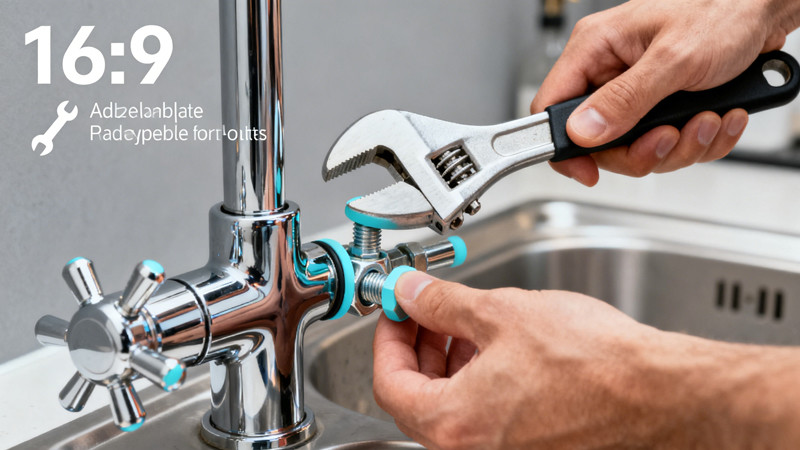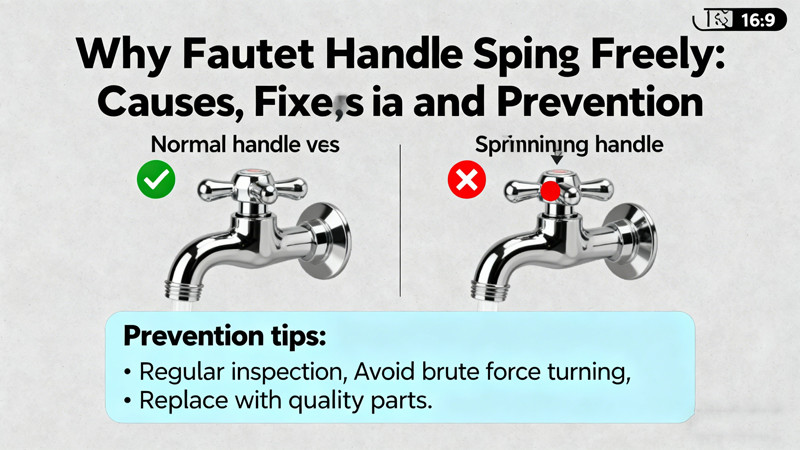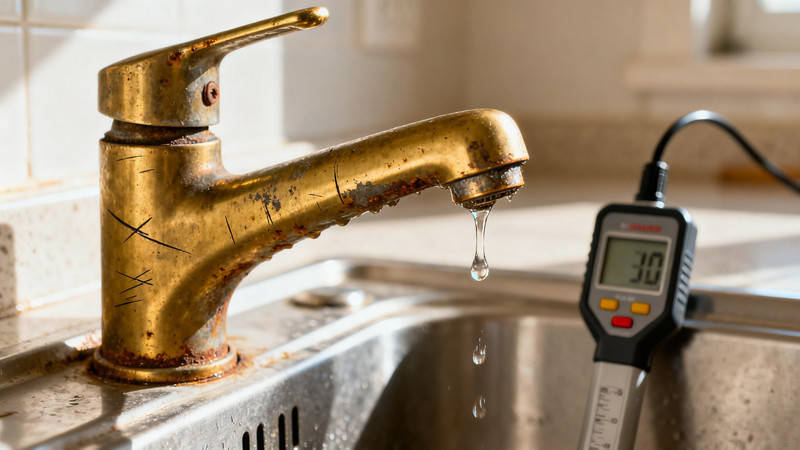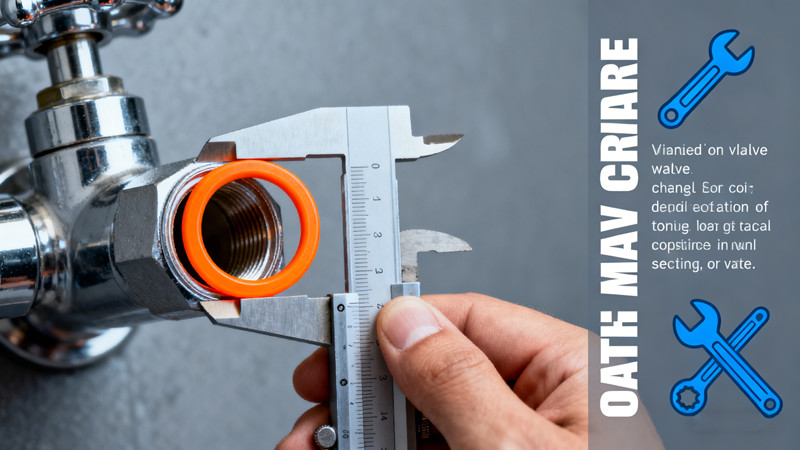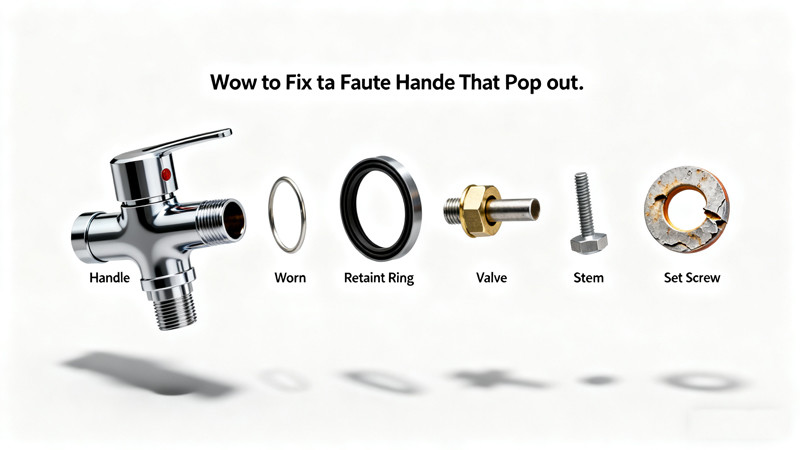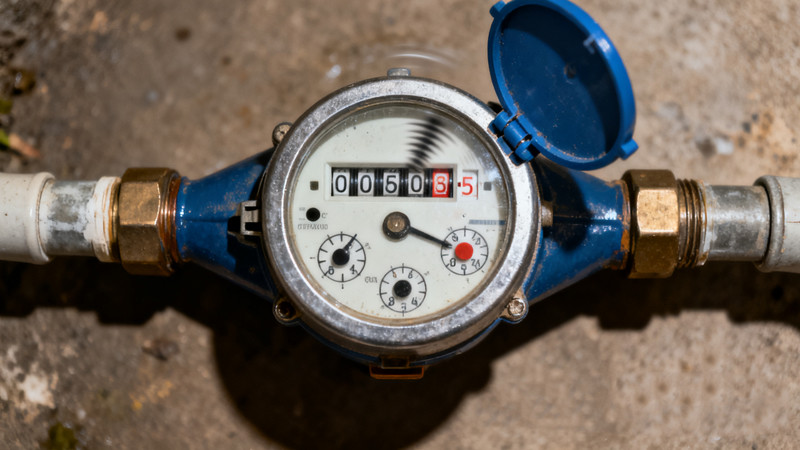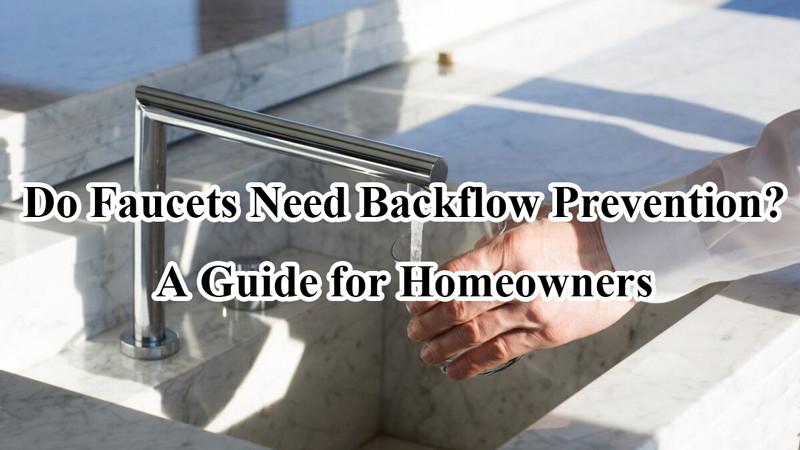 When it comes to plumbing and water safety, most homeowners think about leaks, pipe materials, and maybe water pressure—but there’s another critical piece of the puzzle that often goes unnoticed: backflow prevention. If you’ve ever wondered whether faucets need backflow prevention, the answer is yes—in many cases, they absolutely do.
When it comes to plumbing and water safety, most homeowners think about leaks, pipe materials, and maybe water pressure—but there’s another critical piece of the puzzle that often goes unnoticed: backflow prevention. If you’ve ever wondered whether faucets need backflow prevention, the answer is yes—in many cases, they absolutely do.
Let’s break down what backflow is, why it matters, and when and where you need to worry about backflow prevention in your faucets.
What Is Backflow?
Backflow happens when water flows in the opposite direction than it’s supposed to. In a healthy plumbing system, water should flow only in one direction—from the public water supply into your home and out through your faucets or fixtures. But under certain conditions, that flow can reverse. This is called backflow, and it can allow contaminants to enter the clean water supply.
There are two main causes of backflow:
- Backpressure: When the pressure in your plumbing system exceeds the pressure in the public water system. This can force water (potentially contaminated) back into the supply lines.
- Backsiphonage: When a drop in pressure in the water supply system (such as a burst main or during firefighting) pulls water backward through the pipes.
Both scenarios pose serious health risks, especially if the reversed water flow carries contaminants like pesticides, cleaning chemicals, or wastewater.
What Is a Backflow Preventer?
A backflow preventer is a device or valve that stops contaminated water from flowing backward into the clean water supply. These devices are installed in strategic locations in plumbing systems, such as irrigation systems, boiler feeds, and yes—even faucets.
There are different types of backflow preventers, including:
- Air gaps
- Vacuum breakers
- Double check valves
- Reduced pressure zone (RPZ) assemblies
Each serves a slightly different purpose, depending on the risk level and application.
Do All Faucets Need Backflow Prevention?
Not all faucets require a separate backflow preventer, but many do—especially in high-risk or specialized settings. Here’s a closer look:
✅ Standard Kitchen and Bathroom Faucets
In most homes, the risk of backflow from a standard faucet is low—especially if there’s no hose attached. These faucets typically have built-in protection due to their design, such as the placement of the spout above the flood rim of the sink, which serves as an air gap.
However, if you attach a sprayer or hose to the faucet and leave it submerged in a sink or bucket (or worse, a tub with dirty water), then backsiphonage becomes a real possibility. That’s where vacuum breakers or other devices come into play.
✅ Hose Bibs and Outdoor Faucets
Outdoor faucets (often called hose bibs) are more likely to require backflow prevention. Why? Because they are commonly used with garden hoses, which can come into contact with:
- Pesticides
- Fertilizers
- Pool chemicals
- Muddy water
If there’s a drop in water pressure, any contaminants at the end of the hose could be sucked back into the drinking water supply.
To prevent this, many building codes require anti-siphon hose bibs or vacuum breakers for outdoor faucets. These are either built into the faucet or added as a screw-on attachment.
✅ Utility and Laundry Sinks
Faucets in laundry rooms or garages often serve multipurpose uses—including filling mop buckets, cleaning tools, or rinsing off chemicals. These are high-risk fixtures and may need built-in vacuum breakers or air gaps to ensure safety.
✅ Commercial and Industrial Settings
In restaurants, medical facilities, factories, and labs, backflow prevention is not optional—it’s required by law. Faucets in these settings often involve higher pressure, exposure to contaminants, and the use of long hoses or sprayers. Local codes typically mandate specific backflow prevention devices to protect public health.
What Do Plumbing Codes Say?
Backflow prevention requirements are outlined in plumbing codes such as:
- International Plumbing Code (IPC)
- Uniform Plumbing Code (UPC)
- Local building and health codes
For example, the IPC requires vacuum breakers or anti-siphon devices on hose bibs and other high-risk fixtures. In most areas, new construction or major renovations must comply with these regulations.
It’s always best to check with a licensed plumber or your local code enforcement office to understand what’s required in your area.
How Can You Tell If You Have a Backflow Preventer?
Some faucets come with integrated backflow prevention, while others require add-on devices. Here’s how to check:
- Look for labels like “anti-siphon” or “vacuum breaker” on outdoor faucets.
- Inspect the shape of your hose bib—some anti-siphon models have a visible cap or valve at the top.
- Check your faucet model online or in the user manual.
- Ask a licensed plumber to inspect your setup, especially if you’re installing new fixtures or worried about contamination risks.
Should You Add a Backflow Preventer?
If your faucet doesn’t already include backflow prevention, and you use it for high-risk purposes (like hose connections, chemical cleaning, or watering gardens), then yes—it’s wise to install one.
Luckily, retrofit solutions are inexpensive. You can find hose vacuum breakers for under $10, and they’re easy to screw onto most standard outdoor faucets. Installing one takes less than five minutes and could protect your entire household’s water supply.
Final Thoughts
Faucets may seem like a small detail in your plumbing system, but they play a critical role in protecting your water quality. Backflow prevention might not be something you think about every day—but it could be the one thing that keeps contaminants out of your family’s drinking water.
Whether you’re a homeowner, landlord, or DIY enthusiast, take a few minutes to assess your faucets. If in doubt, consult a plumbing professional. In the long run, a simple backflow prevention device can save you from costly contamination, potential illness, and code violations.
Stay safe. Stay smart. And keep your water flowing the right way.
 WOWOW Faucets
WOWOW Faucets